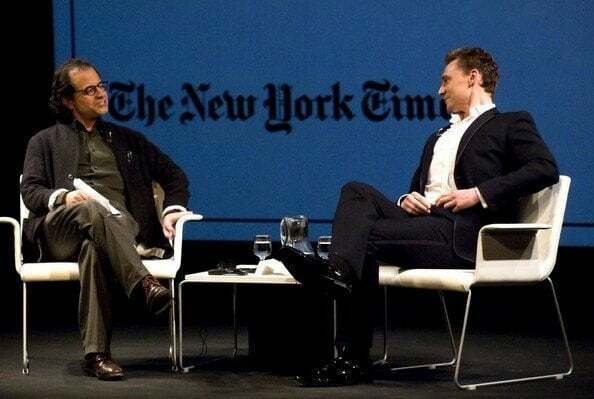How To Safely Get Interviewed by a Journalist

I recently did a class on how to handle journalists, and I wanted to capture some basics of what I learned:
Interviews can be highly chaotic based on many variables, and the goal of training is to have more control over outcomes.
Your message is primary. Have it fully approved, planned, and ready before doing the interview.
Every opportunity they give you to speak you should consider pivoting to your message. If the question is legitimate and/or helpful, you can answer it quickly before getting to your message. If it’s hostile or off-topic, simply ignore it and move to your message.
This transition is called bridging, and it can be done with things like, "There are better people to answer those types of questions, but what I can tell you is that…"
Bridging has a structure: Question: "What do you think about this corn?", Answer: "I think this is fine corn.", Bridge: "I’ve always cared a lot about thriving farms.", Message: "That’s why I’d like everyone listening to support the new bill I just proposed."
Remember that courtesy is the friend of the interviewer, not you. They will attempt to "nice" you into saying too much, mis-speaking, or talking too much about something other than your message.
If you’re asked questions about sensitive topics outside your area of expertise or authority, simply tell the interviewer that there are better people to answer those types of questions, i.e. concisely convey that you aren’t avoiding the question but that you’re simply not the best person to answer it.
If they keep pressing you with the same types of sensitive questions, feel free to call them on it gently, e.g., "Like I said, I’m not here to answer those types of questions; I’m here to talk about…"
The fundamental structure of an article is Lead, Explain, Quote, Details. Craft your message using the same structure. A good add-on to that for tech solutions is Lead/Issue, Solution, Differentiator.
Think of what quotes you can use that may make it into the article.
If the journalist gives you an opportunity to add anything at the end, give your complete abridged message again. Remember that they’re struggling to have a good thread to follow, and giving them a clean message makes their job easier.
Avoid saying anything other than your message, as it’s likely to end up in the article to the detriment of your message.
Remember that there is potential danger in everything you say, and never forget that the fundamental nature of the exchange is adversarial. Stay on message, and don’t allow yourself to be pulled from it.